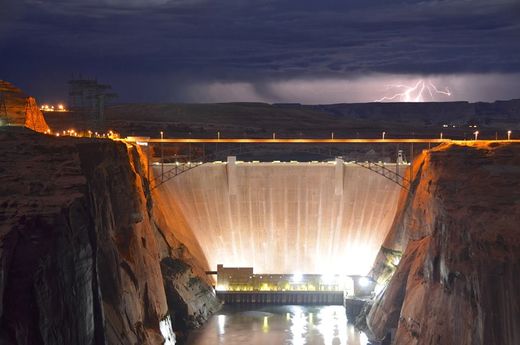Difference between revisions of "GCDAMP Glen Canyon Dam"
From Glen Canyon Dam AMP
Cellsworth (Talk | contribs) |
Cellsworth (Talk | contribs) |
||
| Line 72: | Line 72: | ||
2016 | 2016 | ||
| − | |||
2015 | 2015 | ||
| − | |||
*[http://www.usbr.gov/uc/rm/amp/twg/mtgs/15apr21/Attach_13.pdf '''GCMRC’s Online Mapping and GIS Resources'''] | *[http://www.usbr.gov/uc/rm/amp/twg/mtgs/15apr21/Attach_13.pdf '''GCMRC’s Online Mapping and GIS Resources'''] | ||
Revision as of 13:09, 24 May 2016
|
|
|
| TBD (Motions) |
TBD (TBD) |
TBD |
|---|
|
|
